1969–78 Honda CB750 Fours are finally getting the love they deserve
Until the late 1950s, the world motorcycle market was dominated by British companies. Their products were known for large, thumping single or twin-cylinder engines that marked their territory with oil drops, but this was standard 1950s motorcycle operating procedure. In the 1950s, however, another country emerged to challenge the U.K.
A new league of contenders from Japan developed a reputation for being affordable, reliable, and easy to ride—the quintessential everywoman or everyman’s motorcycle. Several of the most popular models hailed from Honda, which produced small, economical bikes such as the Dream, the Cub, and the Superhawk. These bikes were perfect for commuting or running errands around town, but in general they sacrificed speed for usability.
In 1969 Honda changed its tune and put serious power in the hands of consumers. The new CB750 Four was the first production motorcycle with an inline-four engine and disc brakes and the first motorcycle called a “superbike.” It has now become known as one of the most important motorcycles ever made and, at a time when British motorcycle values are stumbling, the long-undervalued Japanese bikes are racing ahead.
Though it would produce over 430,000 motorcycles by the time the single overhead cam (SOHC) CB750 generation ended in 1978, Honda wasn’t initially confident that the CB750 would be a success. So, the company hedged its bets and decided not to invest in expensive diecast molds for the engines. The first 7414 CB750s had gravity-cast engine cases with a rough finish, and these are now known as “sandcast” CB750s. Many owners of these first 7414 motorcycles have had to replace the bikes’ cases due to weak castings, broken chains, and other mishaps; an original numbers-matching sandcast CB750 is the holy grail of production CB750s. Other features unique to the sandcast bikes include straight-cut fender edges, nuts on the back of the mirrors (to attach to the stems), wrinkles in the gas tank below the filler cap, and 10 bolts on the clutch cover, not 11.
Honda introduced numerous changes, both major and minor, over the nine-year run of the SOHC CB750. Each new model, in fact, correlated to a given model year and was designated “K” followed by a zero (the first model, 1969) to eight (the last model, 1978). The 1969–1976 (K0–K6) models are largely similar, but the 1977 and 1978 (K7 and K8) models look very different from their predecessors. These later models are also worth about 35 percent less, despite boasting some of the lowest production numbers of the model range.
Additionally, Honda introduced the CB750F Supersport in 1975 as a sportier, updated alternative to the CB750K models, and the CB750A Hondamatic, a detuned and clutchless version of the CB750K, in 1976. Despite being the sportier model, the CB750F is now worth about 40 percent less than a CB750 K6 and 30 percent less than the redesigned K7. The Hondamatic is worth about 25 percent less than the Supersport.
CB750 values have more than doubled in the last five years, and, while some may argue the bikes are now expensive, others will content they are finally worth what they deserve. In past years, you could snag an original running and riding example for $2500; now, the same motorcycle will cost you over $6000. Unlike some of the other ’70s superbikes like the Kawasaki H2, the CB750 doesn’t carry a definite premium for certain colors, and the Honda’s values don’t fluctuate much for the K1-K6 models besides dropping a few hundred dollars for each year newer.
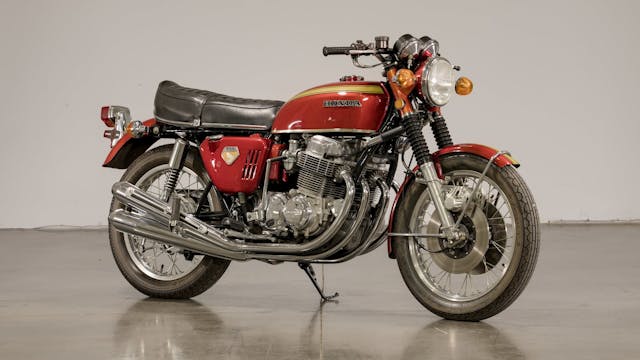
Sandcast K0 values have always been high, and perfect original ones have achieved $40K since the mid-2010s. The #1-condition (Concours) value of a sandcast CB750 is $44,500 or 125 percent more than a diecast CB750 K0, and this figure held fairly steady while non-sandcast values shot up in recent years. At the most recent Mecum Las Vegas motorcycle auction week (held in January of 2020), there were twenty-four CB750s on offer, six of them sandcasts.
Once again, the market proved stable. Five of the six sandcasts sold for a median price of $24,200 and a Vic World restoration broke the $40K mark, a level that seems to be the ceiling for Sandcasts over the last few years. The norm for restored non-sandcast models hovered around $12K–$13K and a K3 model even broke $17K. The current record for a CB750 is for a prototype sold at a 2018 H and H auction in the UK for $218,792.
Demand for ’70s Japanese motorcycles remains healthy. The Mecum Vegas auction sets the annual mood for the motorcycle market, and Bring a Trailer sales confirm the 2020 CB750 market is stronger than that of 2019. Across the unmodified CB750s sold on Bring a Trailer in 2020, the average price is 56 percent higher than in 2019 and there have been 57 percent more sold in 2020 so far than all of 2019.
Details can make a disproportionate difference to values of a particular model. For example, collectors look for the original four-into-four exhausts that have become one of the CB750’s most recognizable characteristics. These exhausts rusted out at the header muffler weld and many often tossed; an original exhaust adds upwards of $1K to a bike’s value. Original mufflers will be stamped “HM300” by the passenger footpeg (those on early K0 models, including the sandcast examples, will be unstamped).
Whether they are expensive now or previously undervalued, there’s no denying that CB750 values are on the rise and buyers are taking note of these Hondas’ collectability. Most enthusiasts have space for at least one motorcycle in their garage, whether they ride it or not, and the CB750 is a great candidate. It is one of the most iconic and important motorcycles ever made, and it’s reliable and a joy to ride. With values climbing, now may be the perfect time to satisfy that opening in your garage.
Like this article? Check out Hagerty Insider, our e-magazine devoted to tracking trends in the collector vehicle market.
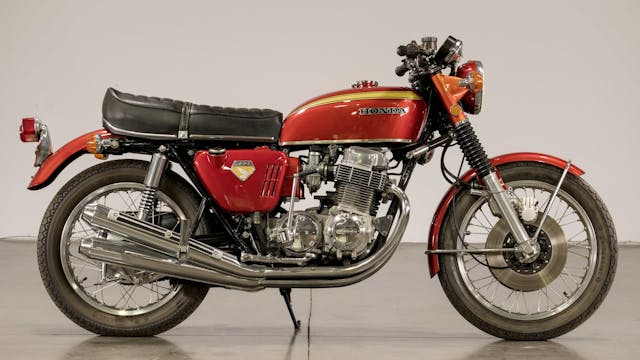
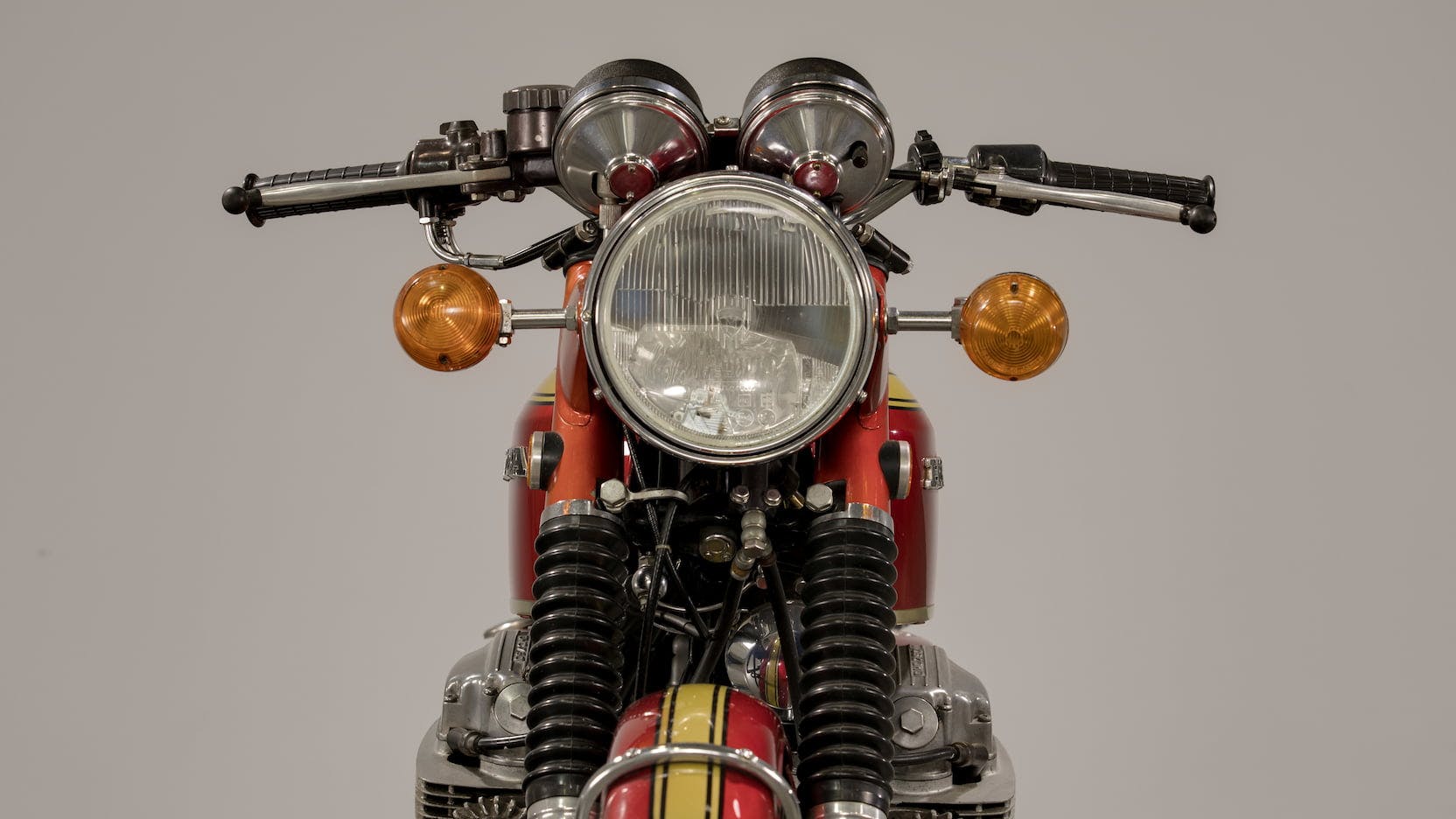
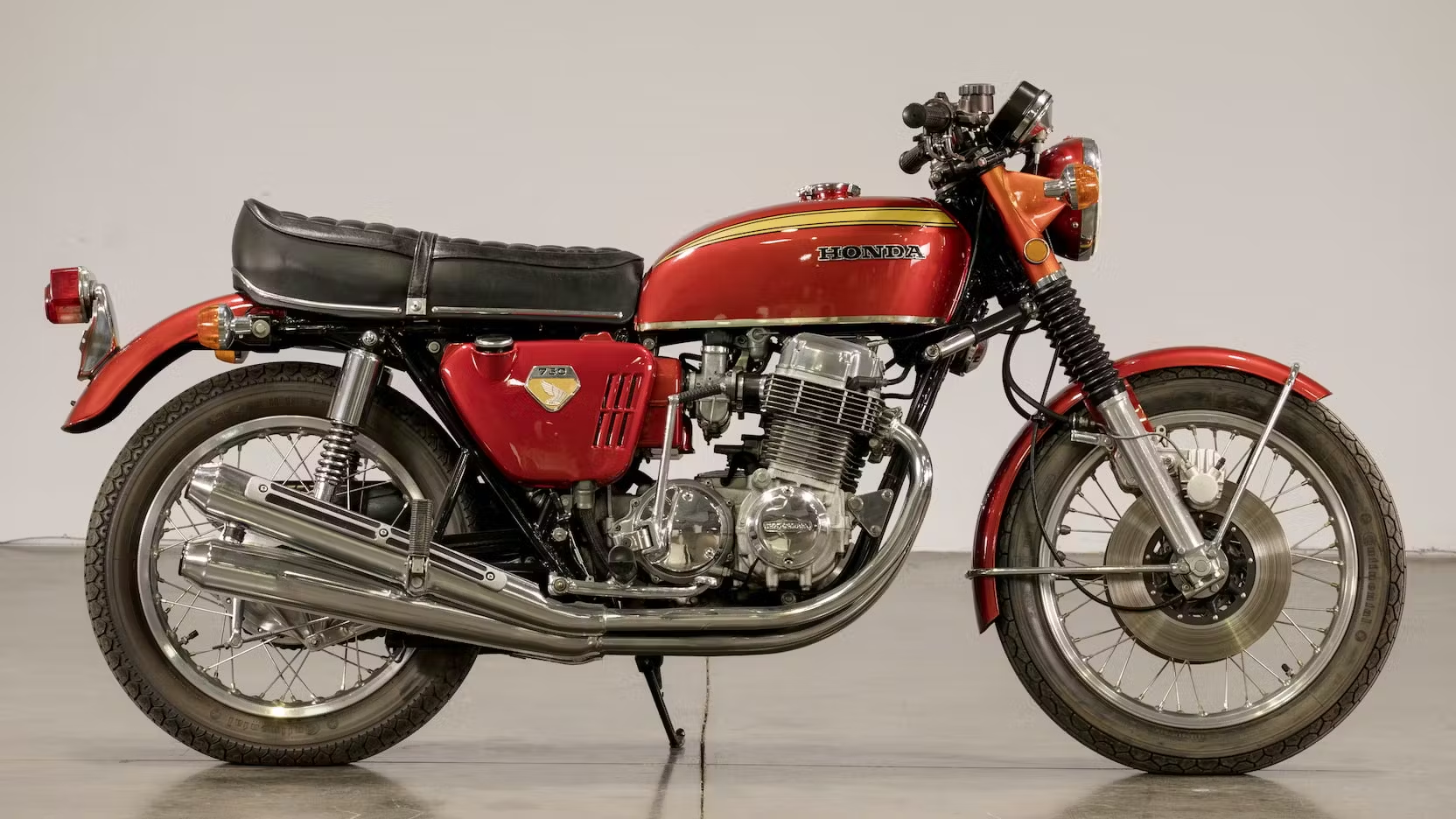

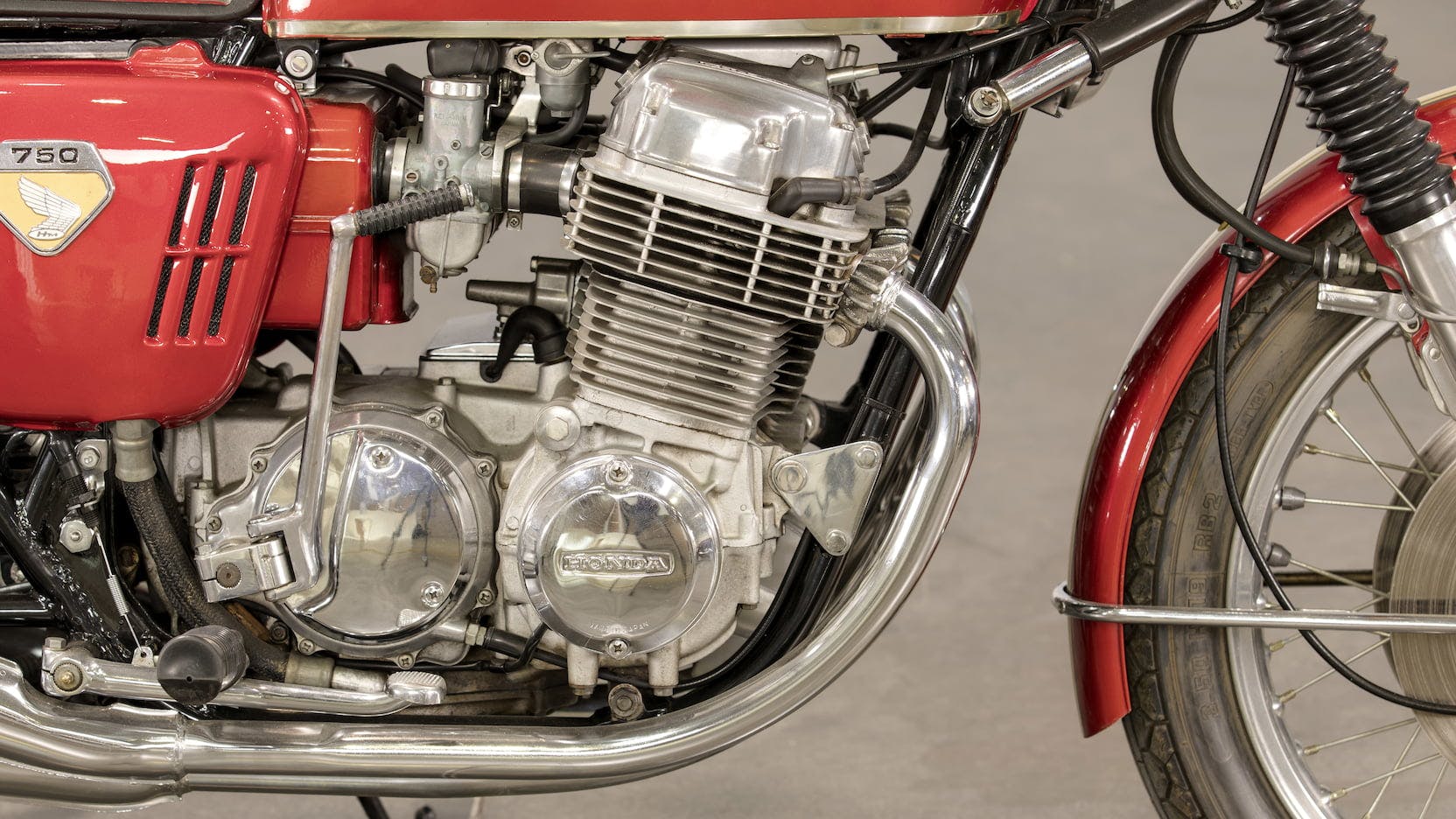

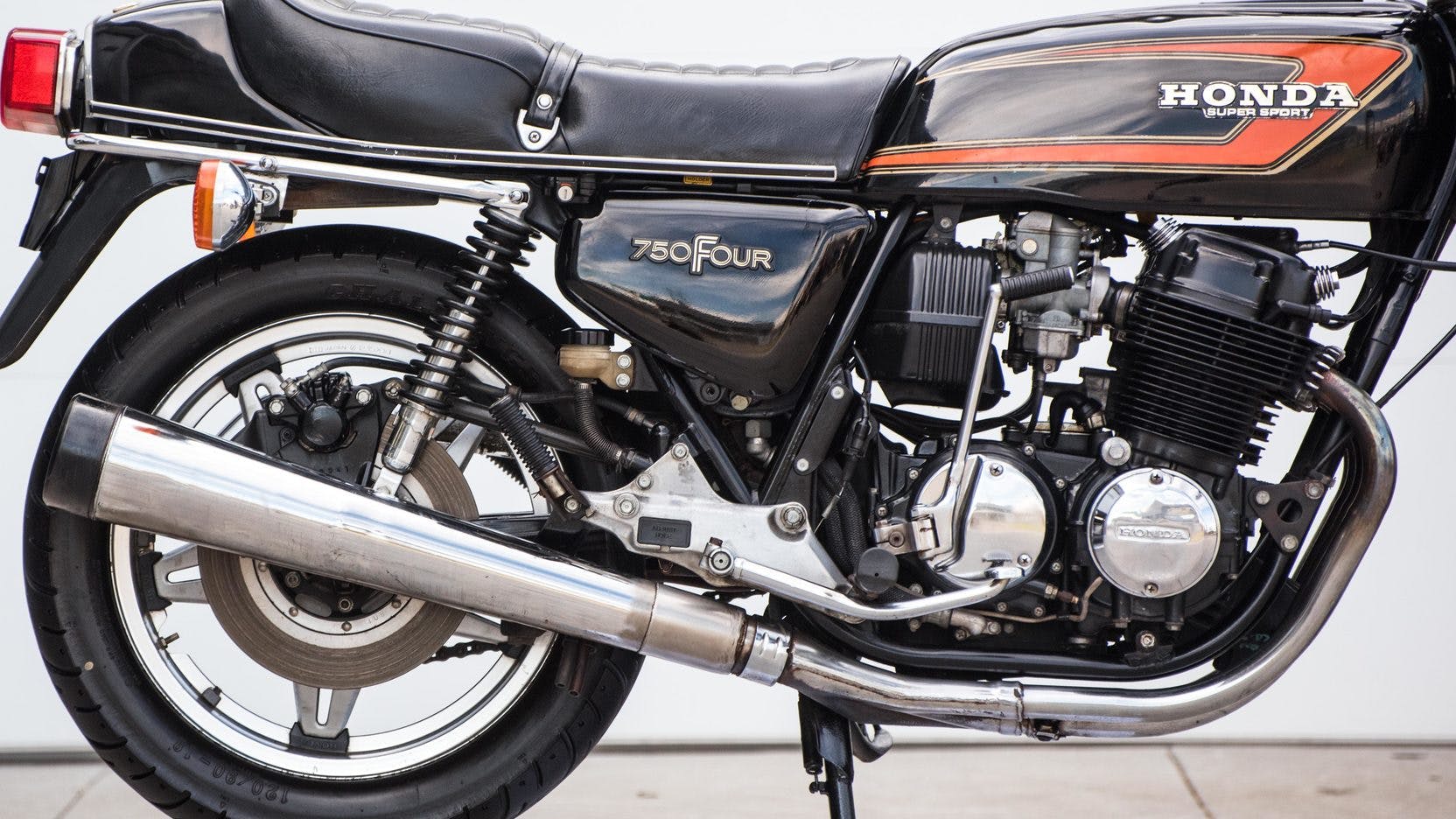

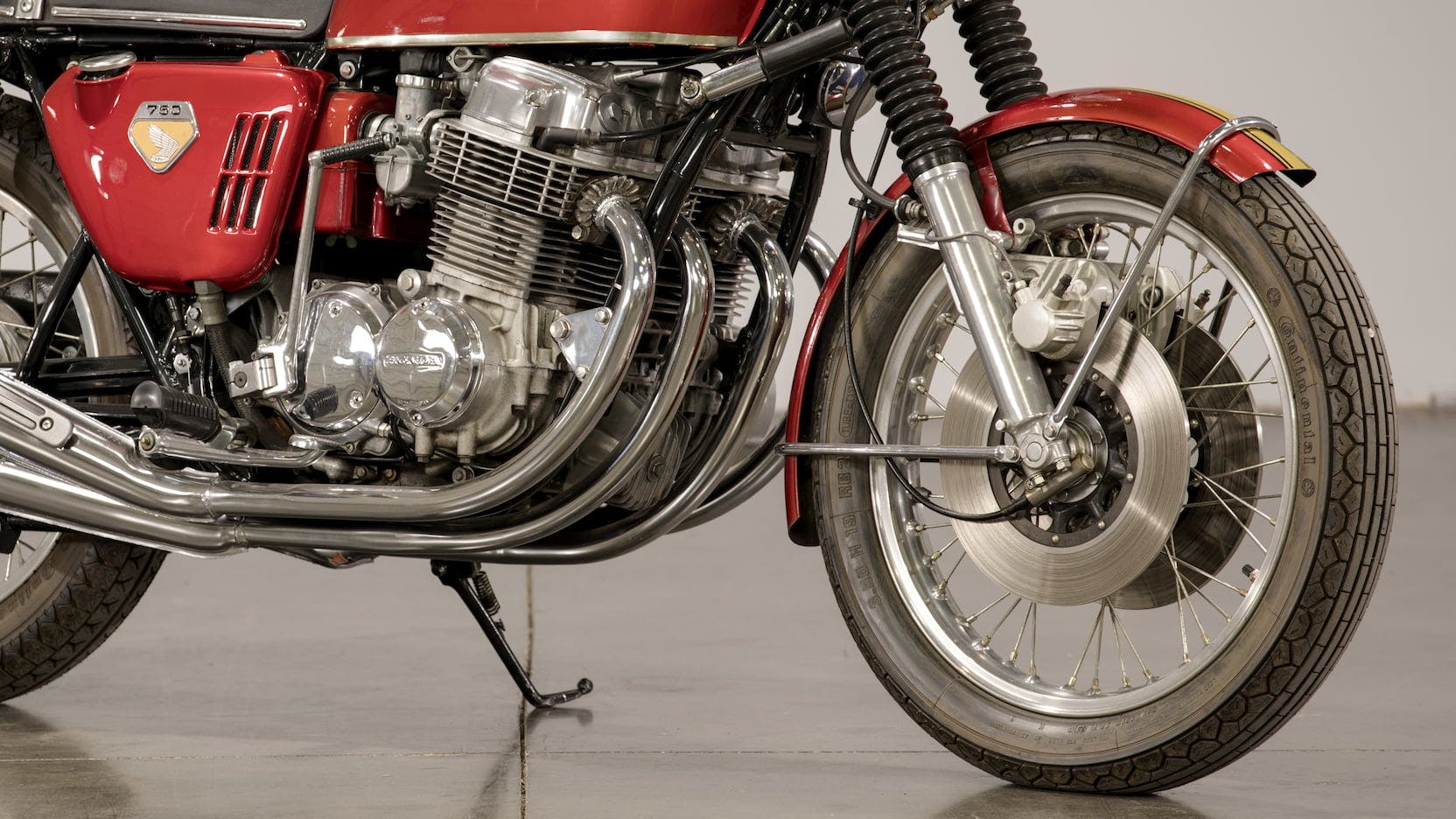



Looking to restore a cb750 69or68
Just noticed this (in a 2.5 year old article LOL): shouldn’t the fenders be chromed rather than painted?
Thank you! My ’78 is a dream.